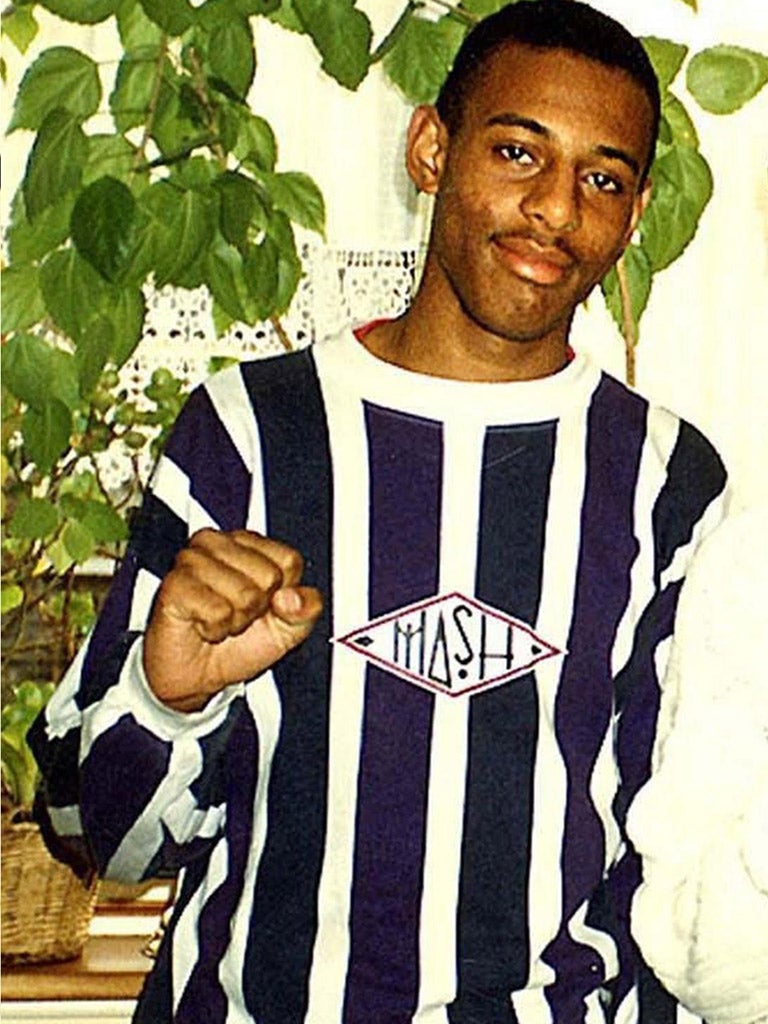DNA traces 'link' two men to Lawrence's death

Two men accused of murdering the black teenager Stephen Lawrence in one of Britain's most notorious racist crimes 18 years ago have been implicated by new scientific advances that identified microscopic traces of his blood and fibres on their clothing, the Old Bailey heard yesterday.
There is a billion-to-one chance that a tiny spot of blood found on the jacket of Gary Dobson, 36, did not belong to the 18-year-old victim, who was fatally stabbed in an unprovoked street attack in south London in April 1993, the court heard.
Mr Dobson and David Norris, 35, are accused of being part of a street gang that chased down the teenager and killed him because of the colour of his skin while he waited to catch a bus home. Both men deny murder.
Yesterday, as Mark Ellison QC opened the case against the pair, the jury heard that within minutes of being "swallowed" up by a gang of white youths Stephen Lawrence lay dying in the street, bleeding from two stab wounds. Attacked simply because of the colour of his skin, he fled for his life but collapsed on the street, mortally wounded.
Mr Dobson and Mr Norris are charged with the killing almost two decades later because of a case review in 2007 in which a fresh approach by forensic scientists revealed DNA findings which the prosecution insists prove the pair were among the violent gang. The defence reject them as simply a product of cross-contamination over the ensuing years. The prosecution could not prove whether one or either of the men wielded the knife, Mr Ellison said yesterday, but that they were part of a group of "like-minded" young white men who acted together, in a "totally unproved" attack.
Both Mr Dobson and Mr Norris were arrested in the weeks after the murder, but the original police investigation did not lead to any prosecutions. Three years later, the Lawrence family brought a private prosecution but that was stopped "because the evidence was found to be wholly unreliable", Mr Ellison told the court.
An inquest was followed by an independent public inquiry which reported back in 1999 and was critical of the original police investigation.
Join our commenting forum
Join thought-provoking conversations, follow other Independent readers and see their replies
Comments